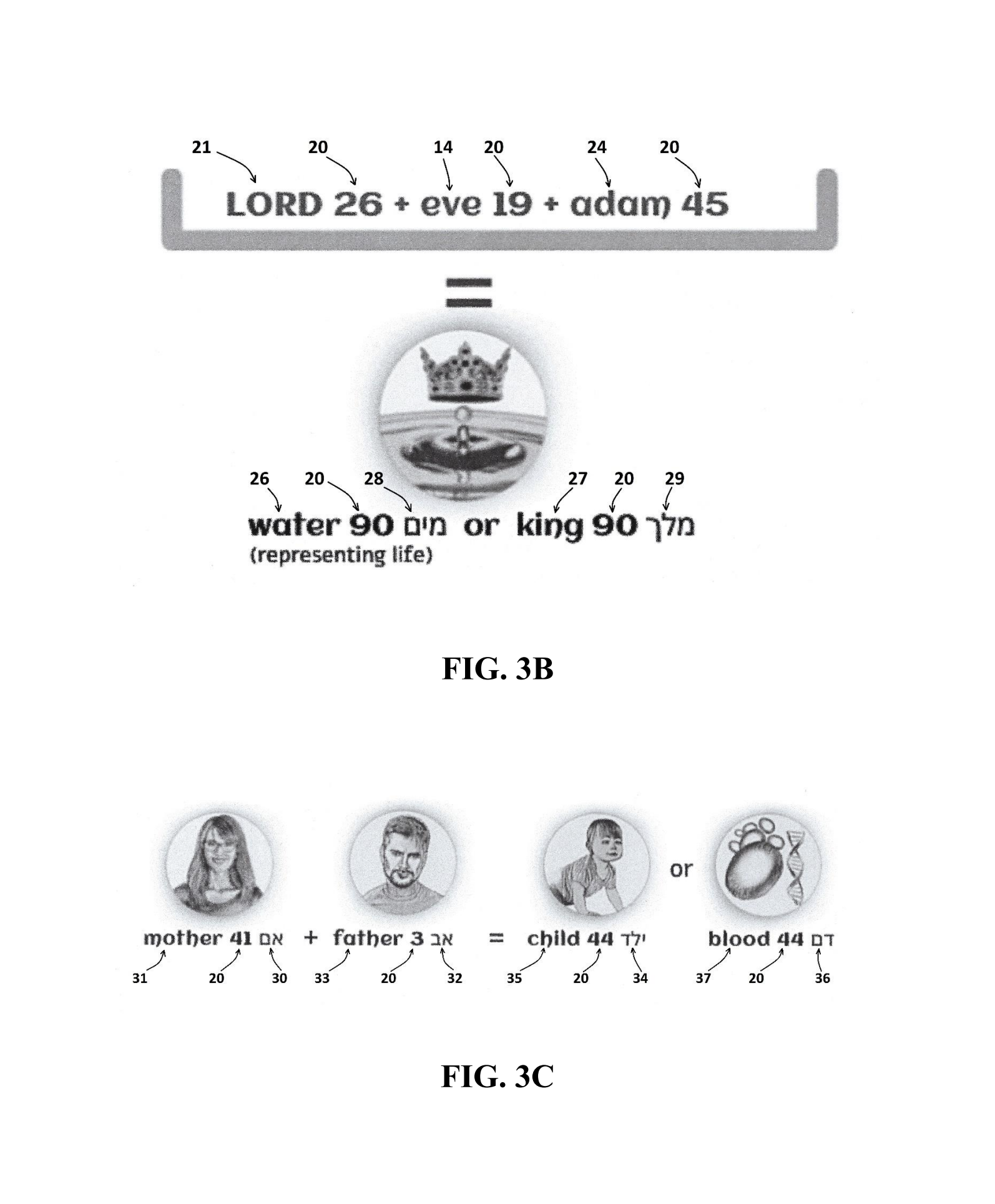Patent Attorney Christopher Scott

Our Original Bible Foundation chose Attorney Christopher (Chris) Scott to write, design and construct the world’s most interesting, and perhaps intellectually complex patents ever:
- THE SCIENTIFIC PROOF OF GOD AS THE DESIGNER OF LIFE 63/295,884
- THE code2GOD SYSTEM AND METHOD FOR DERIVING GOD’S MESSAGING TO
HUMANITY FROM THE ORIGINAL HEBREW BIBLE 63/295,845



The Latest News In The Patent And Intellectual Property World
Intellectual property (IP) and patent law have seen significant developments and changes in recent years, with a focus on modernizing and streamlining the patent system, as well as protecting IP in the digital age. Here are some of the latest developments in the patent and IP world:
- The Leahy-Smith America Invents Act (AIA) was signed into law in 2011 and implemented a number of significant changes to the patent system in the United States. The AIA switched the U.S. from a “first to invent” to a “first inventor to file” system, meaning that the first person to file a patent application for an invention will be awarded the patent, rather than the first person to invent the invention. The AIA also introduced a number of post-grant review procedures, including inter partes review and covered business method review, which allow for challenges to issued patents.
- In recent years, there has been a significant increase in the number of patent troll lawsuits, in which a company or individual purchases patents and then sues companies for alleged infringement without the intention of actually using the patented technology. In response to this trend, Congress passed the Patent Act in 2019, which included provisions aimed at curtailing patent trolling. The Act included a stay of discovery in lawsuits involving covered business method patents and a requirement that parties filing a lawsuit must provide specific details about the alleged infringement.
- The rise of the internet and digital technology has led to new challenges in protecting IP in the digital age. One of the key issues is online copyright infringement, with widespread sharing of copyrighted material on the internet. The Digital Millennium Copyright Act (DMCA) was enacted in 1998 to address this issue, but it has faced criticism for being out of date and not adequately addressing the challenges of protecting IP in the digital age. In response, Congress passed the Copyright Alternative in Small-Claims Enforcement Act (CASE Act) in 2020, which established a small claims court for copyright infringement cases with the aim of providing a more efficient and affordable way for copyright holders to protect their rights.
- The European Union has also taken steps to modernize and streamline its patent system. The EU’s unitary patent system, which was established in 2017, allows inventors to obtain a single patent that is valid across all member states of the EU, rather than having to obtain separate patents in each country. The unitary patent system has been controversial, with some arguing that it will lead to higher costs for inventors and that it does not adequately address the needs of small and medium-sized enterprises.
- One of the most significant developments in IP law in recent years has been the Supreme Court’s decision in the landmark case of Alice Corp. v. CLS Bank International. In this case, the Court held that patents on abstract ideas, such as software patents, are not eligible for protection under the patent laws. This decision has had a significant impact on the patentability of software and other types of technology, with many arguing that it has made it more difficult to obtain patents on these types of innovations.
- Another important development in IP law has been the growth of open source software, which is software that is licensed in a way that allows users to freely access, modify, and distribute the source code. The use of open source software has become increasingly widespread in recent years, with many companies and organizations relying on open source software for their operations. This has led to a number of legal issues, including questions about the ownership of contributions to open source projects and the liability of users of open source software for any issues that may arise.
- The rise of artificial intelligence (AI) and machine learning has also led to new legal issues in the IP world. In particular, there has been a debate about the extent to which AI-generated works, such as music and artwork, should be eligible for copyright protection. Some argue that AI-generated works should be treated the same as human-generated works, while others argue that they should not be eligible for protection because they are not created by a human author.
- Another area of increasing concern in the IP world is the protection of trade secrets. Trade secrets are confidential business information that is not generally known to the public and that gives a company a competitive advantage. The Defend Trade Secrets Act (DTSA) was enacted in 2016 to provide a federal cause of action for trade secret misappropriation, allowing companies to sue in federal court for the theft or misappropriation of their trade secrets. The DTSA has been widely used by companies to protect their confidential business information, and there has been a significant increase in trade secret litigation in recent years.
- Finally, IP law has also been impacted by international developments, particularly with regards to the protection of IP rights in international trade. The Agreement on Trade-Related Aspects of Intellectual Property Rights (TRIPS) is a global treaty administered by the World Trade Organization (WTO) that sets out minimum standards for the protection of IP rights in international trade. The TRIPS Agreement has been controversial, with some arguing that it places too much emphasis on protecting IP rights and not enough on access to affordable medicines and other public health concerns.
In conclusion, the patent and IP landscape is constantly evolving, with a focus on modernizing and streamlining the patent system, as well as protecting IP in the digital age. These developments will continue to shape the way patents and IP are protected and enforced in the future.
References:
- Leahy-Smith America Invents Act, Pub. L. No. 112-29, 125 Stat. 284 (2011).
- Patent Act, Pub. L. No. 116-315, 134 Stat. 3798 (2019).
- Digital Millennium Copyright Act, Pub. L. No. 105-304, 112 Stat. 2860
- Copyright Alternative in Small-Claims Enforcement Act, Pub. L. No. 116-170, 134 Stat. 914 (2020).
- Alice Corp. v. CLS Bank International, 134 S. Ct. 2347 (2014).
- European Union Unitary Patent, https://euipo.europa.eu/ohimportal/en/unitary-patent.

